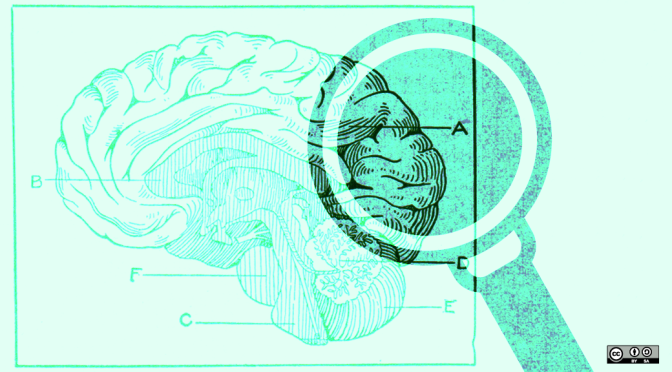With Independence Day almost upon us, here’s a fresh bit of insight on our polymath Founding Father, Pennsylvania’s own Benjamin Franklin.
Author, printer, politician, scientist, inventor, statesman, activist, ambassador: The swath of Franklin’s genius is famously wide. In this blog post published by Oxford University Press, Penn State Franklin scholar Carla Mulford recounts another of the great man’s accomplishments — currency design.
In 1776, while establishing a wartime postal service, working on the manufacture of saltpeter for gunpowder, writing a peace petition to King George III, and serving as President (roughly, governor) of Pennsylvania, Franklin was called on to design and oversee the printing of a Continental paper currency. Characteristically, the bills he produced managed to gracefully address both a vital pragmatic concern — the danger of counterfeit — and a vital political one — the concept of intercolonial unity.




